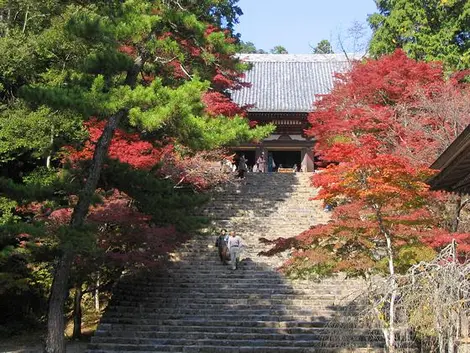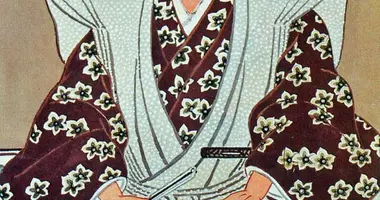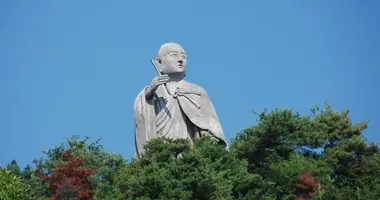Visit Kyoto In The Footsteps of Prince Genji 平安京
In search of Heian-kyo
Kyoto is a concentration of Japanese history, and it is often the case that all eras blend within a single monument. The city can be likened to a real patchwork quilt, so let us shed some light.
The city was founded in the eighth century under the name of Heian-kyo, to become a new capital. Does the city of harmony, symbol of the golden age illustrated by the famous Tale of Genji, still retain some of its historical sites? Surprisingly, it does.
When visiting Kyoto we are reminded that the city was built on the Chinese grid plan and straight streets appear to support this fact, but these are actually more recent. Originally the city is built around an axis between the main gate of the city, Rashomon, and the Imperial Palace. The Rashomon gate has disappeared but Kyoto station was built in its place. The original palace was gone, as well as the original plans. Famous neighborhoods like Higashiyama and Gion were not even part of the city.
The town respected the principles of fengshui, being surrounded on three sides by mountains, open to the south where a river flowed and then going back to the East, to the Kamo River.
What remains of the imperial palace ? Nothing but a reproduction, Heian Jingu was built in the nineteenth century to a smaller scale. If you take the time to seek authorization in advance, it is possible to visit the Kyoto Gosho however, the palace of retired emperors who replaced the old palace in the twelfth century and remained the residence of the Tenno until 1868.
It is especially the temples that retain the memory of the Heian period. Most trace their founding at that time but only a few have kept the buildings and works of this period. These exceptions you can visit around the Daikakuji Kyoto temple close to Arashiyama which was the former residence of Emperor Saga and preserves the writings of the old ruler of twelve centuries.
However, you will need to move away from the center to find traces. The visitor will have the option to go for a trip to Takao, an hour from the center by bus. A haven of greenery famous for its colors in spring and autumn, the temples of Jingoji Kozanji still retain the original buildings, sculptures and even the oldest manga in the world, a scroll mocking the life of the imperial court.
In another direction, to the south, you can visit the altar, Uji Ujigami, considered to be the oldest wooden building in Japan, untouched since the Heian period. But it is mainly the museum Tale of Genji museum that will delve into the culture of the Heian period, lifestyle and romantic adventures of the Prince of light, the famous Genji imagined by Murasaki Shikibu. Finally visiting the temple Byodoin you will find one of the only examples of a "Pure Land" garden, which in the Heian period were supposed to represent the Buddhist paradise. It is around the temple that in 1081 the first battle of Uji occurred, which triggered the war of Genpei. This era then came to en end.















